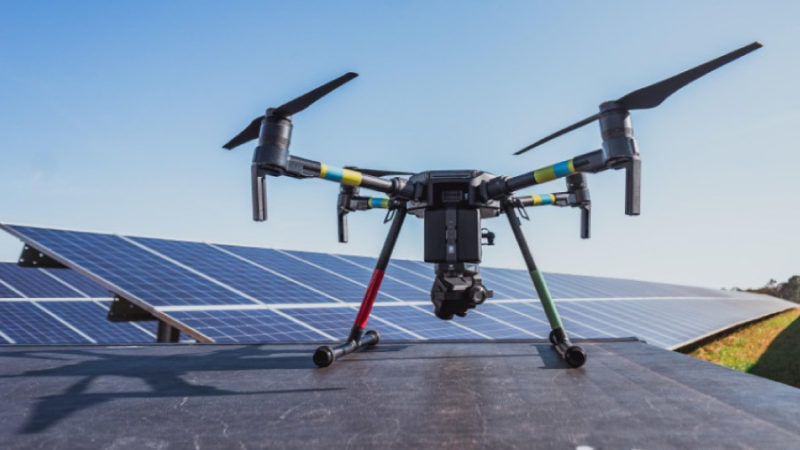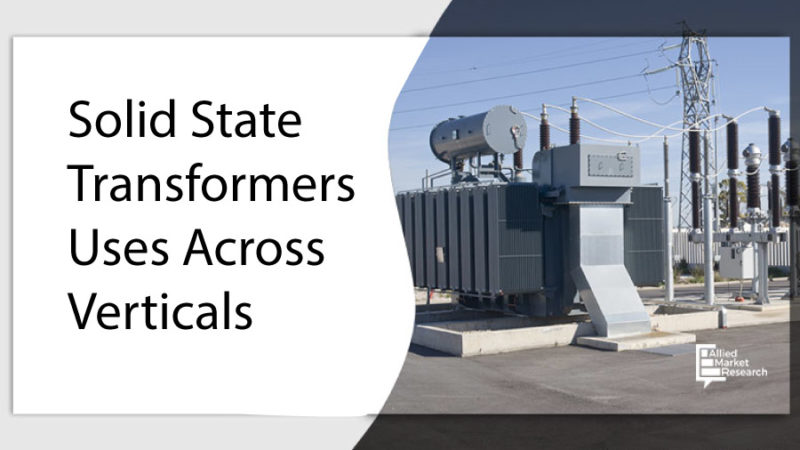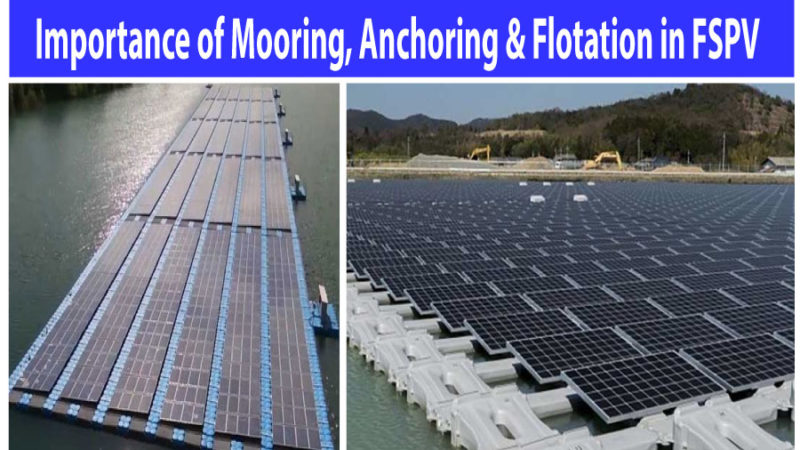Rooftop Financing : Sishir Garemella – CEO, Sunvest Energy

Column By: Sishir Garemella
Founder and CEO, Sunvest Energy Pvt. Ltd.
India needs to unlock financing woes prevailing in Rooftop sector..
Since 2014, India has set aggressive targets for renewable energy and has been consistently pursuing to be a global leader in the sector. EY’s Renewable Energy Country Attractiveness Index of May 2017 ranks India at 2nd position. The recent developments at the Paris Climate Accord and India’s initiative at the International Solar Alliance have only increased her resolve and commitment towards clean energy.
By 2022, India plans to install 175 GW of renewable energy, of which 100 GW is solar. More specifically, 40 GW of the 100 GW is in the field of rooftop solar. The India Solar Rooftop Map 2017(2) from Bridge to India suggests that on 31 March 2017, about 1.4 GW of the 40 GW of rooftop solar has been installed. With the Government setting aggressive targets and international investors showing keen interest in the rooftop solar market, is domestic financing an impediment in the growth curve of rooftop solar?
Developer’s Perspective
Thus far, the financing of rooftop solar plants in India has been by largely driven by tax investors. In the recent past, there has been a lot of talk about the 3rd party PPA (Power Purchase Agreement) market, but the model has inherent risks, which make it difficult to scale in India. Many PPAs do not have clear payment security mechanisms and there may be delays in contractual enforcement. In such a scenario, building a large asset base of solar PPAs of credit worth off-takers may mitigate concentration risk but the fundamental payment security risk still largely remains with the developer.
It may be noted from the Bridge to India report that India’s rooftop solar capacity is still largely Capex in nature with over 80% projects owned and installed by the consumer. From a developer standpoint, reaching critical mass is key – Historically, we have seen in utility scale renewable energy projects that players have been aggressive in bidding and built low yielding 100 MW portfolios only to realise that neither their yields are high enough to hold the assets nor are the portfolio sizes large enough to command a premium at the time of sale to a player who maybe pursuing ambitions of an IPO. In rooftop solar, many developers have looked at leverage as a way of growing their portfolio, but in reality, lenders are yet to see track record and stability of the sector to be fully confident to lend.
Banker’s Perspective
The World Bank has extended a $625m loan to the State Bank of India for rooftop solar. Of this line, over 100 MW(3) has been announced albeit to a few large private developers. While from a banker’s standpoint, lesser number of borrowers with bigger ticket sizes may be ideal, we need more banks to lend to smaller ticket borrowers. At the outset, it could be on a full recourse basis and as comfort sets in, lenders could look at partial / no recourse as they gain more confidence in the asset class.
In my experience, many lenders are unaware of the technology and regulations around rooftop solar. I have given presentations to large Indian, International and Public-Sector Banks only to realise that it’s not the top cadre that should know about rooftop solar, but the loan officers, the credit team and the middle management that should be sensitized about the sector. Banks, by nature would like to mitigate risk and the first step is education. Banks must be well trained to appreciate the techno-commercial aspects of rooftop solar as a precursor to disbursement. The Energy and Resources Institute (TERI) has done significant work in this space but more needs to be done.
I would suggest a few other areas that can help with financing:
Creative Credit Scoring
Start-up lending agencies are using financial technology for creative credit scoring mechanisms. Such a method could be used to lend to the 400 odd industrial clusters in India that have significant power challenges. Power costs are a big portion of the overall cost pie for Small and Medium Enterprises (SME) and Small-Scale Industries (SSI) and they have to often deal with power cuts and thereby resort to expensive Diesel Power. If our mission is to support “Make-in-India” campaign, boost the employment and productivity of our manufacturing clusters, we must introduce diesel offset mechanisms, solar plus storage solutions which are backed by creative financing.
Solar For Retail Lending
At Sunvest, we believe the market dynamics have shifted to consumer solar. With hundreds of solar panel manufacturers, let alone other Balance of System component suppliers, the solar “project” is getting commoditized and we would like banks to start appreciating solar as a consumer asset. A loan to a typical residential solar asset is about the same size as that of a vehicle. While the vehicle loan market is well established with an active repossession and resale market, I foresee lending to consumer solar to move towards a similar direction. The use of technology allows us to monitor and control systems remotely. Also, given the strong push for digital identity, the consumers are far more accountable. In such a scenario, retail lending for solar holds immense potential. The banks could consider a separate retail lending business for residential solar. They could also introduce insurance products to mitigate risk. Currently the solar insurance market is not very active in India. Adding insurance could price risk and act as a catalyst for the sector.
Subsidies
Globally it has been noticed that subsidies are a great tool to kick start an industry, but as time progresses and industry matures, the subsidies typically create inconsistencies in the market. A tax incentive like Accelerated Depreciation is still in the control of the owner of the asset but capital subsidies are in control of regulatory bodies, and often times accessing them is not as seamless as accessing the tax incentives. We appreciate the Government’s keen interest in supporting the industry however I would like to suggest subsidies to be in different forms e.g. a) interest rates subsidies b) income tax subsidies (for residential and institutions) or c) property tax rebates as in the case of Property Assessed Clean Energy (PACE) Program as done in the US.
Conclusion
In conclusion, the rooftop solar market in India is poised for significant growth in the near future, however accessing debt financing is still a challenge. Capacity building in the banking system, introducing data driven credit scoring techniques and insurance products, promoting retail lending and changing the view on capital subsidies may unlock the financing market and put India in a leadership position in rooftop solar.








